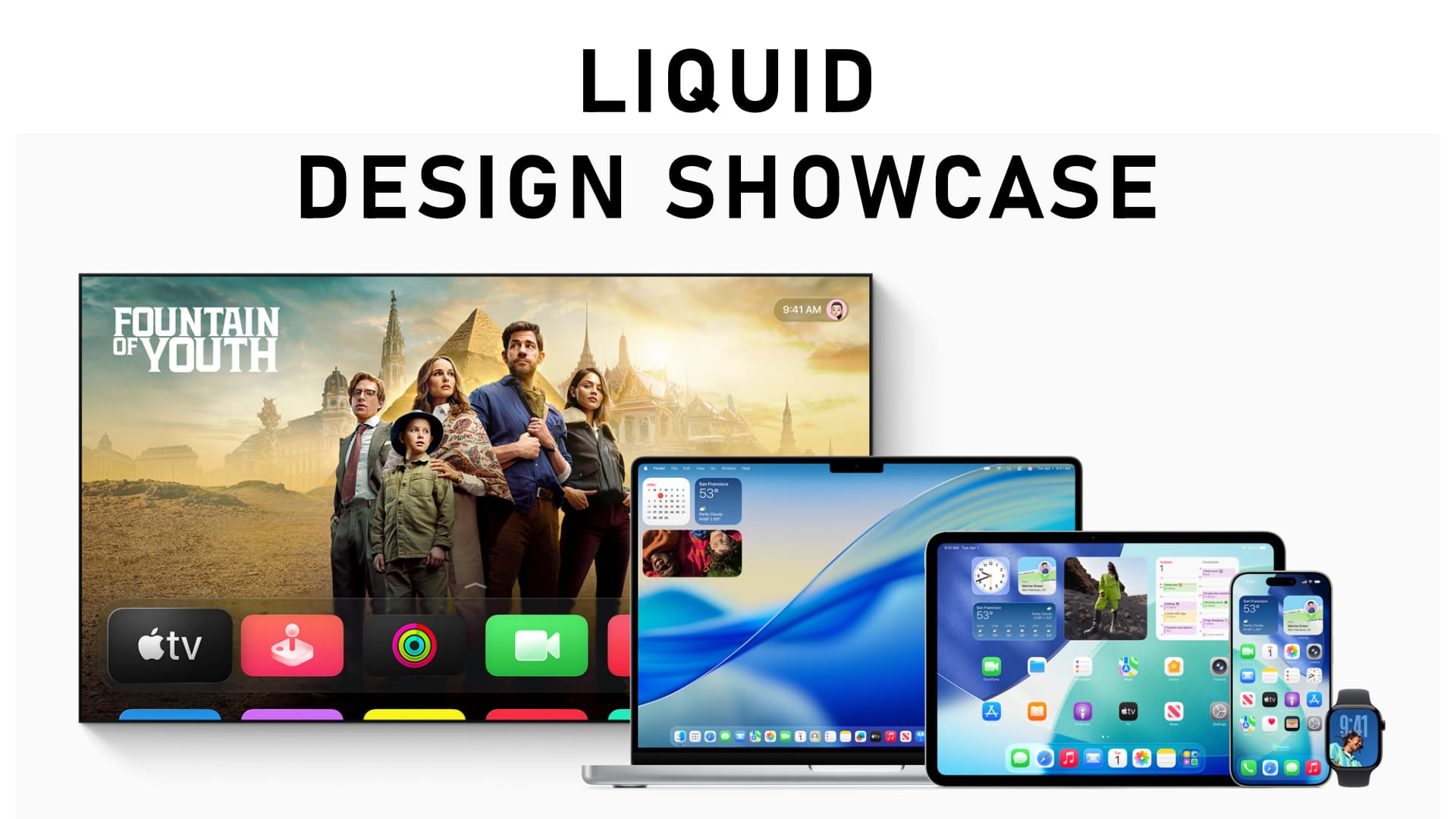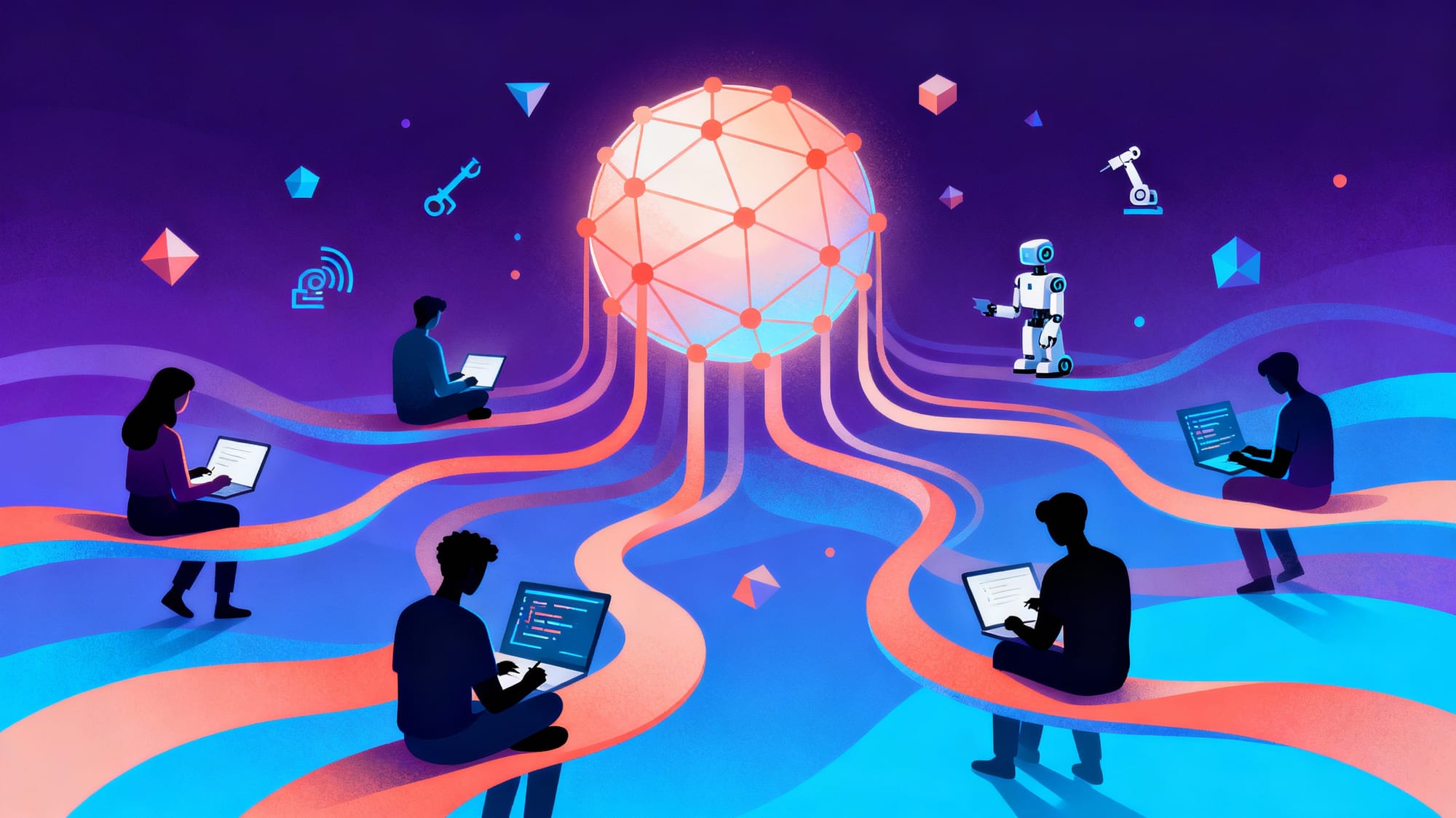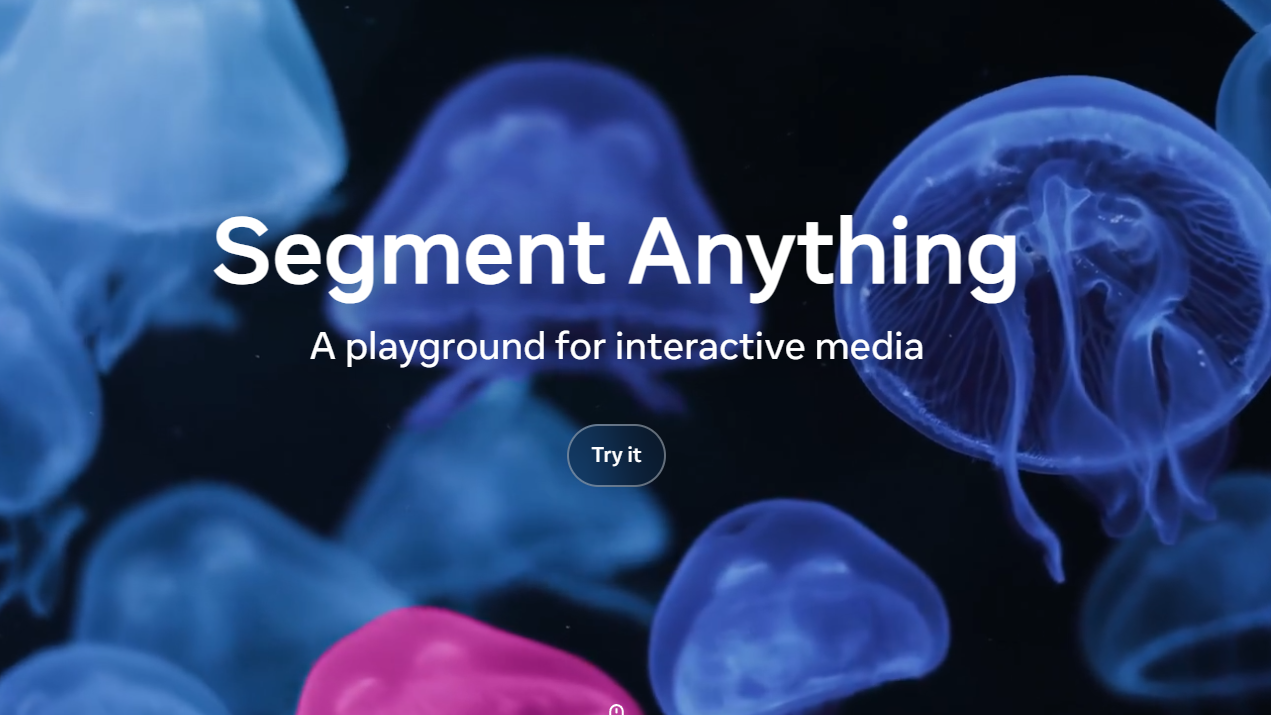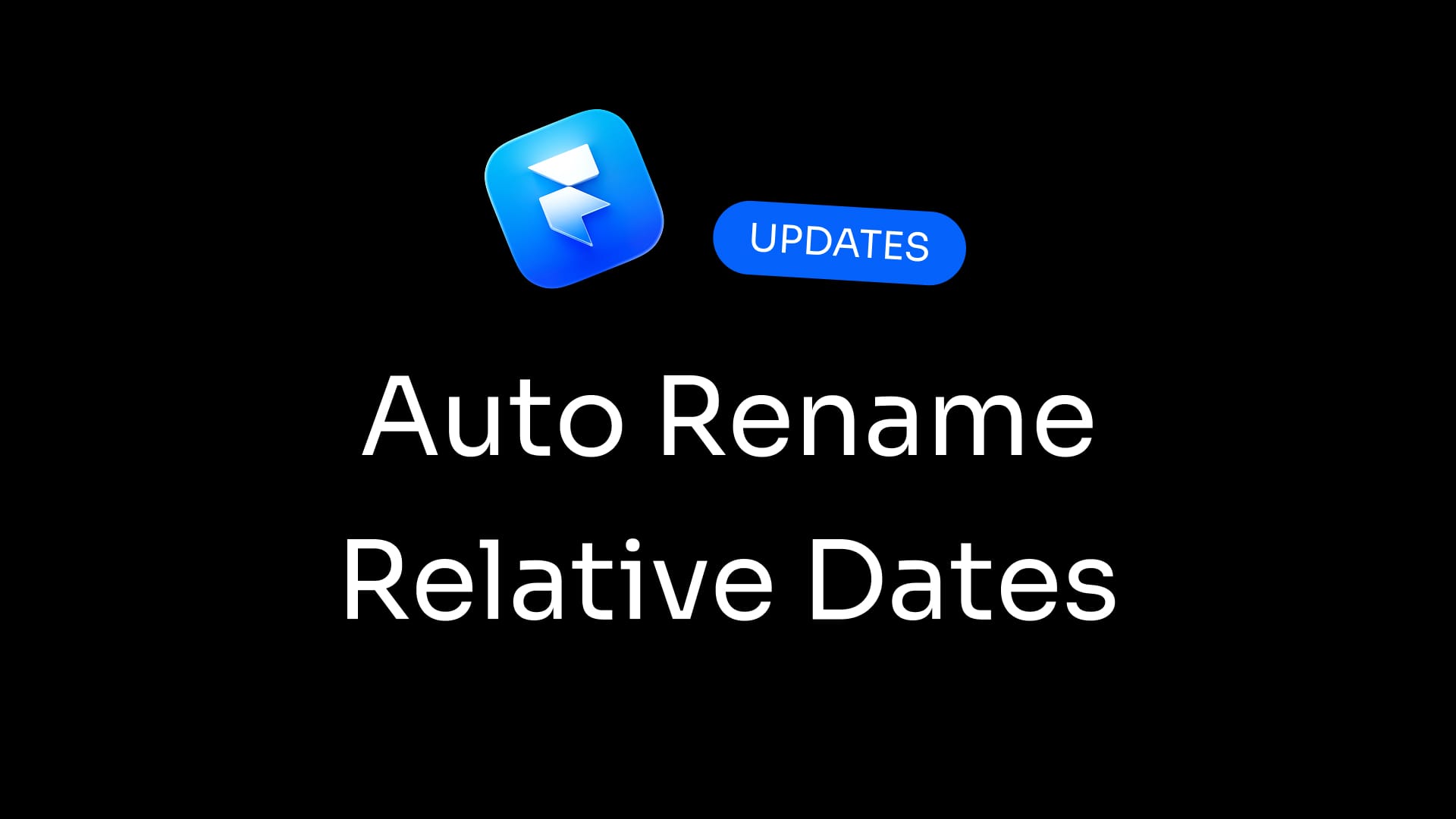Apple has unveiled a new visual gallery on its developer website showcasing how third-party apps are implementing the company's Liquid Glass design language introduced with iOS 26, iPadOS 26, macOS Tahoe, and watchOS 26. The gallery, launched in early November 2025, features before-and-after comparisons from apps of all sizes, demonstrating the shift from iOS 18 to the new translucent, glass-inspired interface system.
Apple Liquid glass
Showcasing Design Transformation
The gallery highlights over a dozen applications that have adopted Liquid Glass, including major brands like CNN, American Airlines, Lowe's, and Lucid Motors, alongside smaller developers like Crumbl, Tide Guide, GrowPal, and Lumy. Each example provides side-by-side visual comparisons showing how apps have transformed their interfaces to embrace the new design principles. The showcase spans multiple Apple platforms, with examples from iPhone, iPad, Mac, and Apple Watch implementations.
Apple Liquid Glass Design Showcase
According to the gallery, apps are moving controls from traditional top toolbars to bottom navigation bars, implementing new sliders and popovers, and allowing more edge-to-edge content to shine through translucent interface elements. For instance, the Crumbl app now features its familiar pink branding within the content layer rather than the top toolbar, letting product photography take center stage. Similarly, CNN's redesigned interface offers more edge-to-edge content that blends seamlessly with the UI, creating a more modern scrolling feed experience.
Liquid Glass Design System
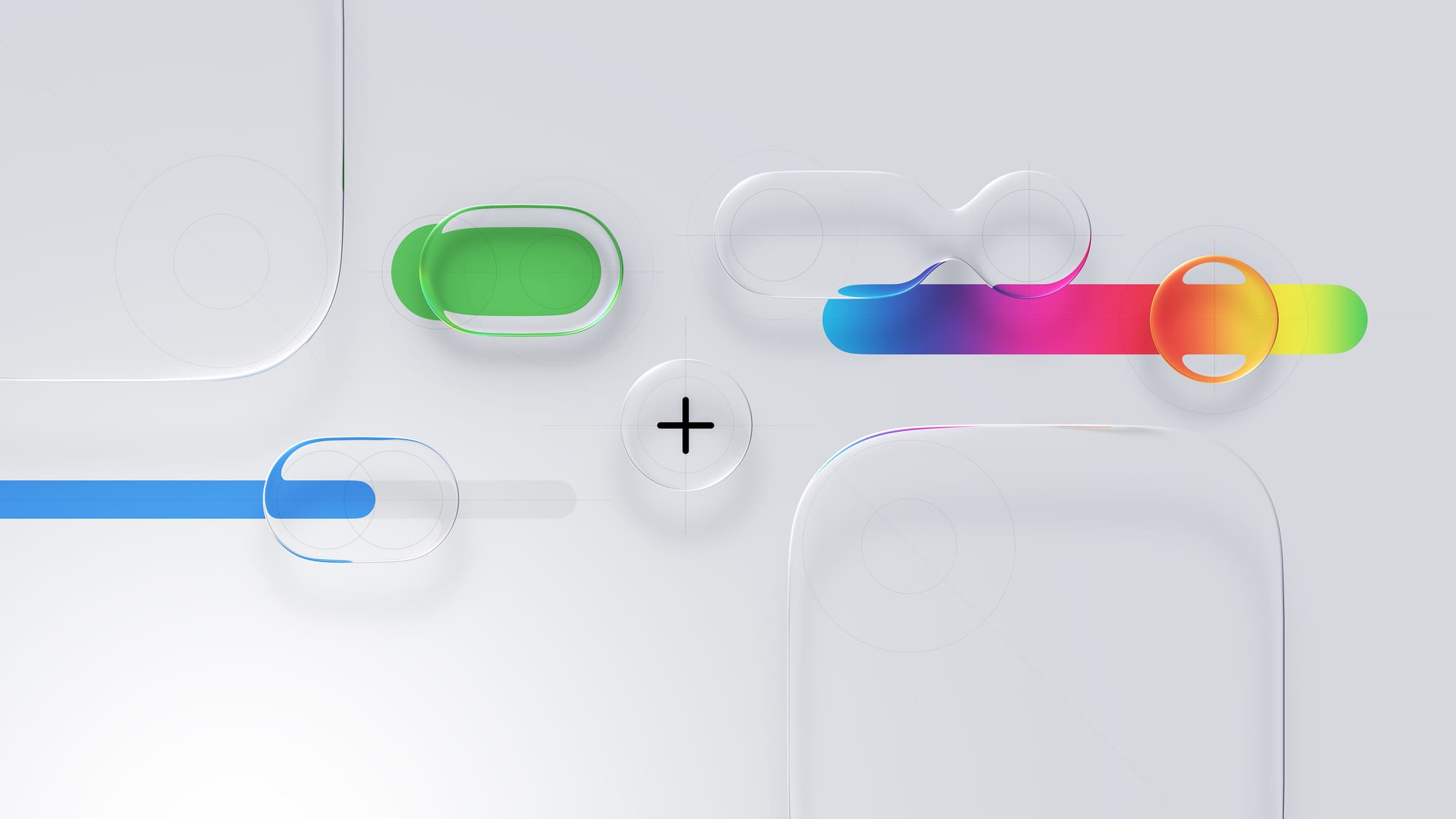
Liquid Glass, unveiled at Apple's Worldwide Developers Conference in June 2025, represents the company's most significant visual overhaul since iOS 7's flat design introduction in 2013. The design language combines translucent elements with realistic optical properties, including refraction and reflection effects that dynamically respond to motion, content, and user inputs. Apple describes the material as having "gel-like flexibility" that makes interfaces feel "responsive, satisfying, and alive" through real-time rendering and specular highlights.
The design system was inspired by visionOS, the interface powering Apple Vision Pro, and extends uniformly across all Apple operating systems for the first time. According to Apple's updated Human Interface Guidelines, Liquid Glass interfaces should showcase clear hierarchy between content and controls while automatically adapting to their environment. When users interact with Liquid Glass elements, the material "illuminates from within" with a glow that spreads throughout nearby elements, creating feedback that feels natural and fluid.
Developer Adoption and Impact
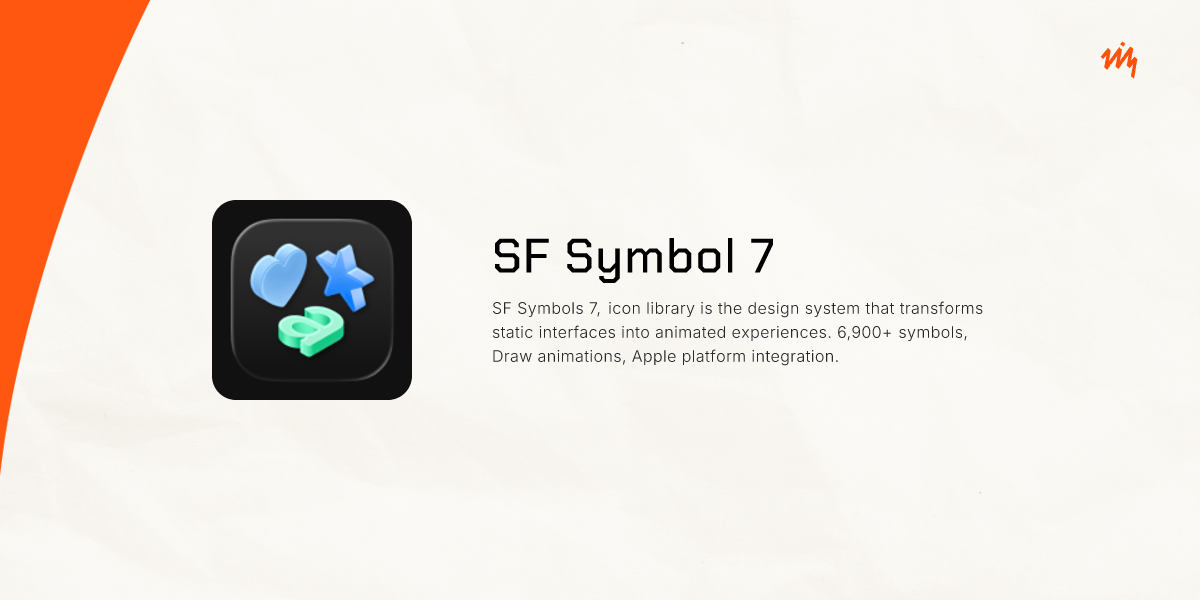
The wide range of featured applications—from indie developers to large corporate apps—signals strong early adoption of Apple's new design direction. Apps like Photoroom demonstrate comprehensive redesigns with more comfortable tap targets, increased UI sizing and spacing, and bottom tab bars that allow content visibility. Professional tools like Linearity (formerly Vectornator) now feature a redesigned two-column Inspector on iPad that adapts dynamically to window size, while iPhone interactions have been refined for smoother one-handed use.
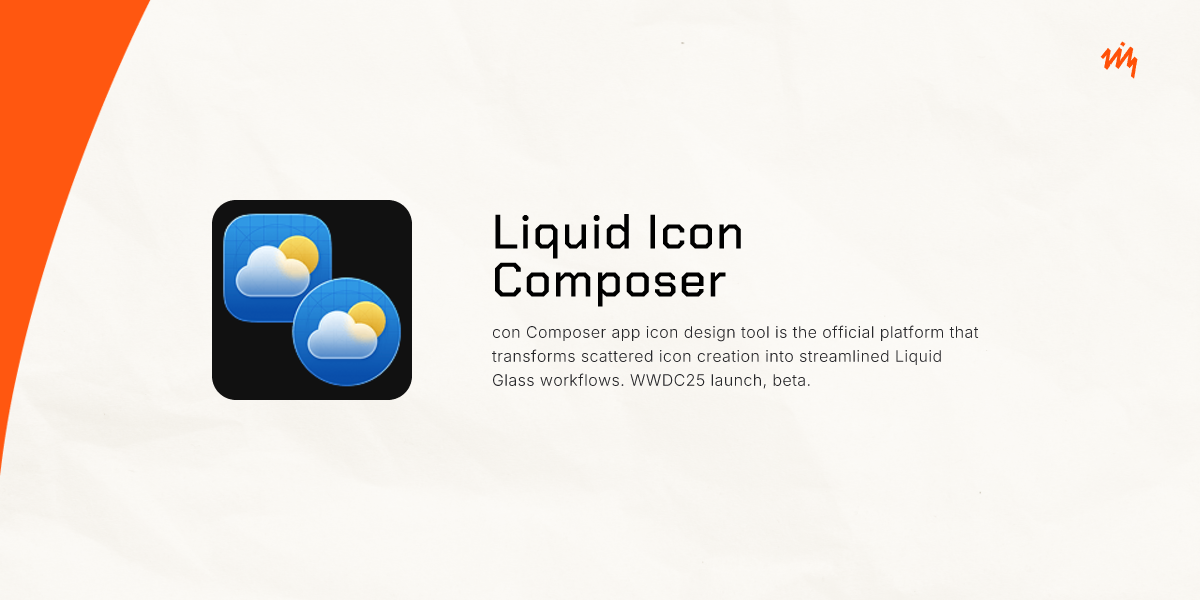
The gallery serves as both inspiration and practical guidance for developers ahead of iOS 26's full release, encouraging consistent visual implementation across the App Store. Apple announced the resource through its November 2025 "Hello Developer" newsletter, positioning it as a way for teams to see "how developers are embracing native design, expressing their brand identities, and adopting the latest features". The company also hosted an in-person event on November 18, 2025, in Cupertino to discuss how developers are incorporating the new design system.
Platform-Wide Implementation
The Liquid Glass transformation affects core system components including text, sliders, toggles, alerts, panels, and sidebars across all Apple platforms. Apps featured in the gallery demonstrate various implementation approaches: Tide Guide moved from modal submenus to popovers for easier navigation, while OmniFocus leveraged native frameworks to deliver simultaneous updates across Apple platforms. Shopping apps like LTK moved both tab and navigation bars to enable more edge-to-edge content, with one engineer calling it "a crowd-pleaser with our customers, retailers, creators, and consumers".
Apple has provided developers with updated Human Interface Guidelines, new APIs, and design resources to support Liquid Glass implementation. The design system automatically renders all iOS 26 app icons with realistic depth, translucency, and adaptive lighting effects. For users, the widespread adoption means a more consistent visual experience across popular applications as developers continue updating their software throughout the iOS 26 cycle.




